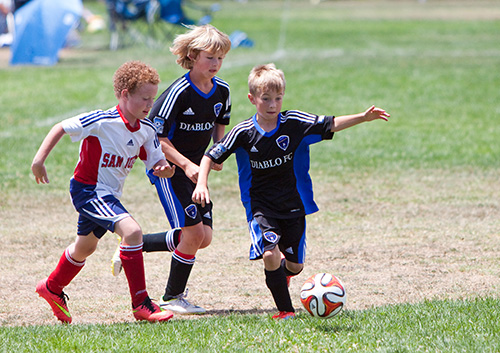What’s an intraoral camera?
November 11th, 2020

One of the greatest features our team at Fairfield Pediatric Dentistry offers is the ability to see first-hand how we can help our patients. While X-rays help us detect any problems in your mouth and give us valuable information on what is bothering you, they often don’t give Dr. Brad Skelton and Dr. Richard Kennedy a complete view of everything that is going on inside your mouth. With the use of an intraoral camera, we can see every aspect of your teeth and mouth with incredible detail, uncovering cracked or fractured teeth, excessive wear, carious lesions, cavities, or other issues that may be hidden. When we can discover oral problems early on, your treatment is much less invasive and often saves you money down the road.
An intraoral camera allows Dr. Brad Skelton and Dr. Richard Kennedy to view clear, precise images of your mouth, teeth, and gums and allows us to make an accurate diagnosis. With clear, defined, enlarged images, Dr. Brad Skelton and Dr. Richard Kennedy and our team see details that standard mirror examinations may miss. It’s much easier to understand what is happening in your mouth if you can see the problem on a computer monitor, and it means faster diagnosis and less chair-time for our patients!
Intraoral cameras are small, about the size of a dental mirror, and emit a light onto the tooth. The tooth will emit a color that lets Dr. Brad Skelton and Dr. Richard Kennedy determine if the tooth is healthy or diseased. Intraoral cameras also allow us to save your images on our office computer to provide a permanent record of treatments. These treatments can be printed for you, other specialists, and your lab or insurance companies.
For any questions about the intraoral camera, we encourage you to ask Dr. Brad Skelton and Dr. Richard Kennedy or our team during your or your child’s next visit or by giving us a call at our convenient Fairfield or Oxford office.














 Website Powered by Sesame 24-7™
Website Powered by Sesame 24-7™